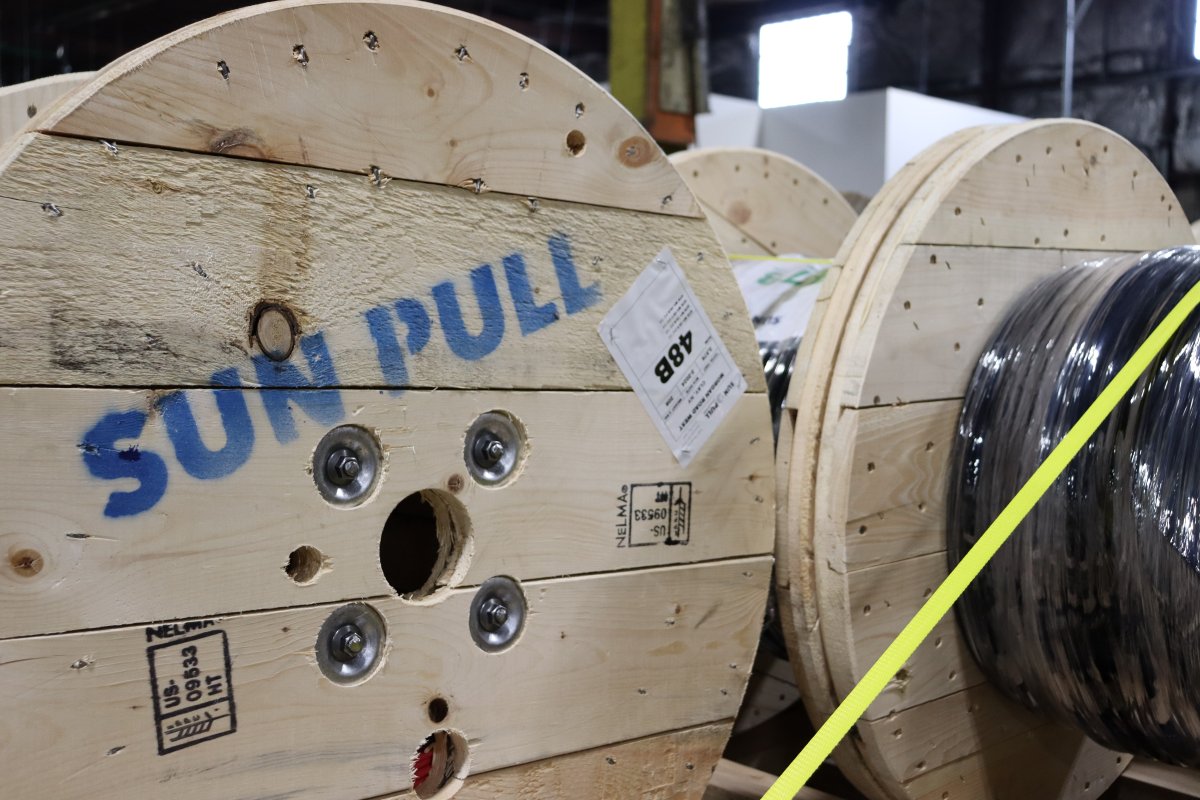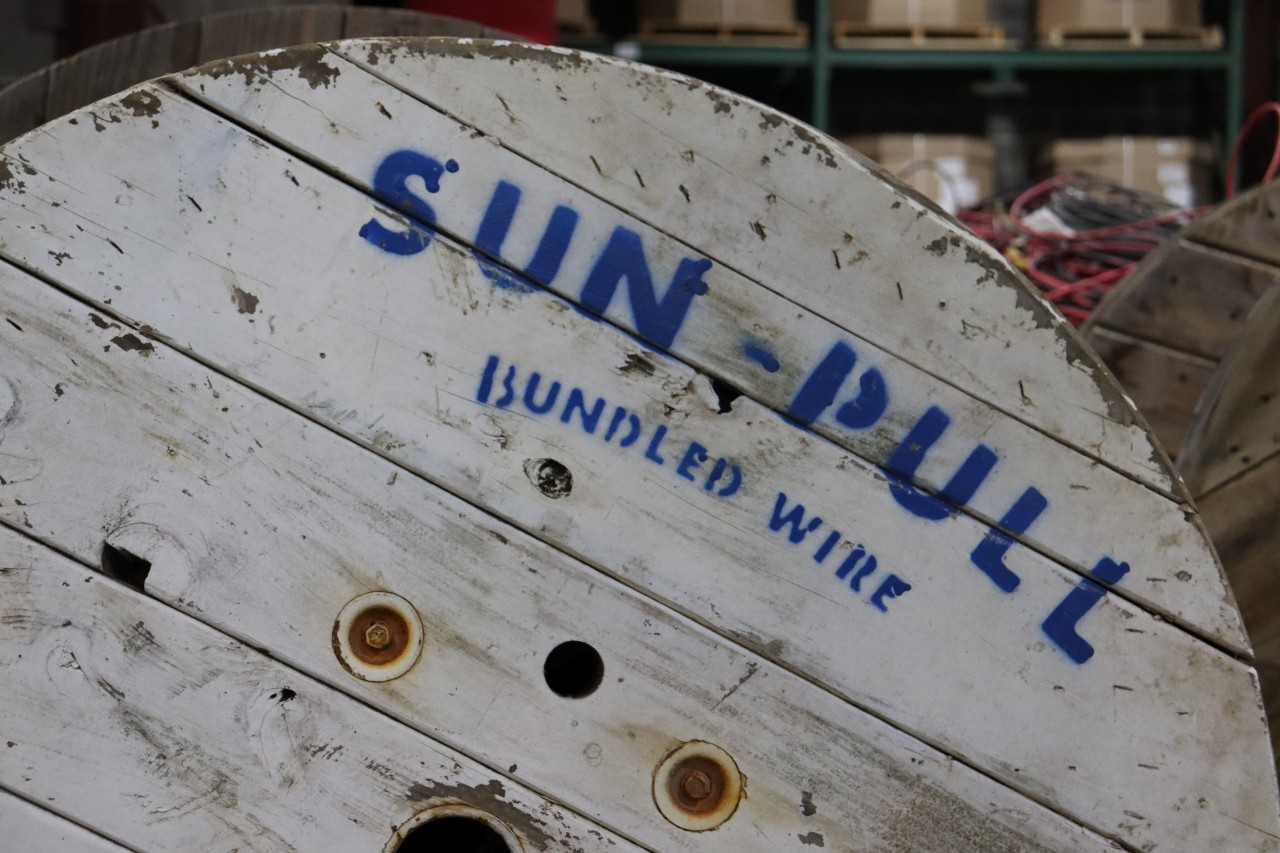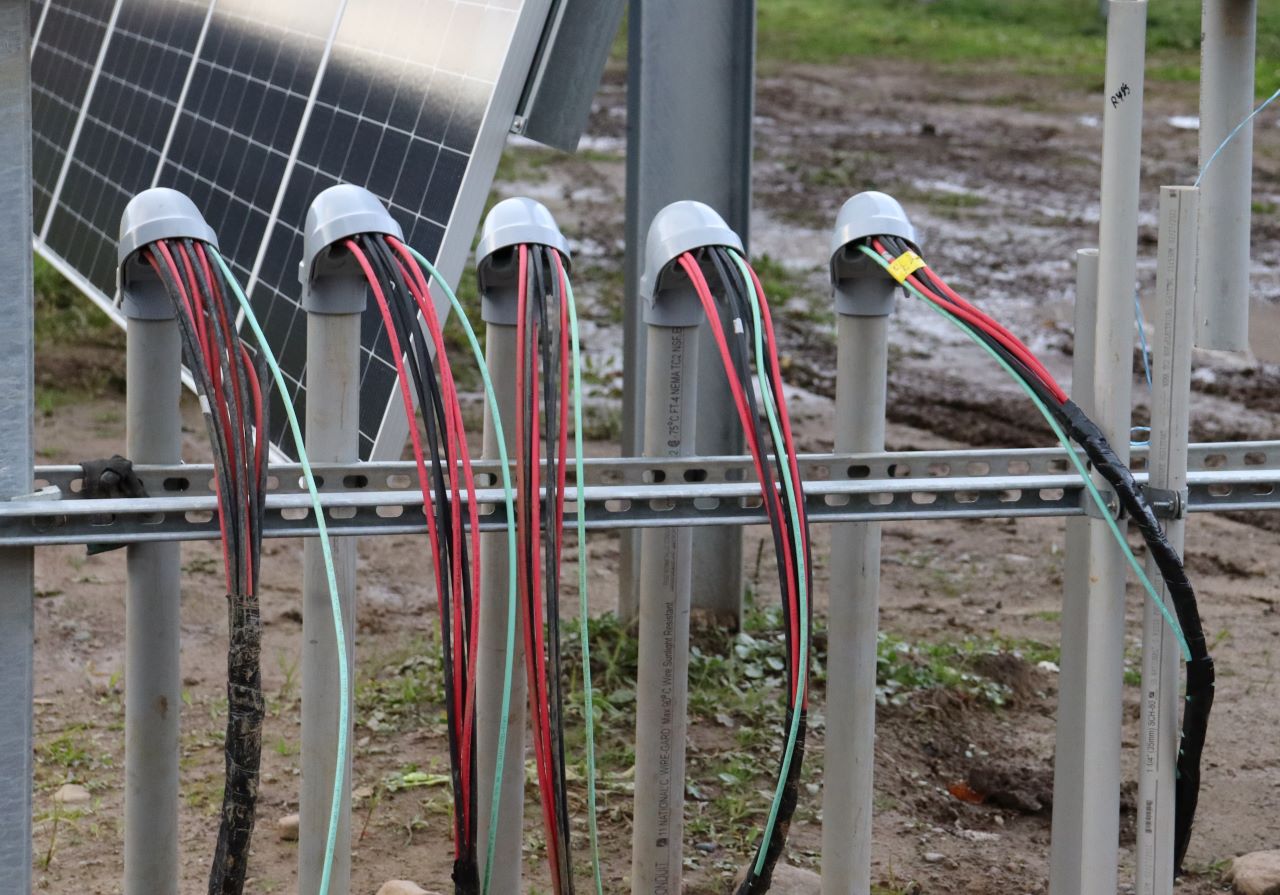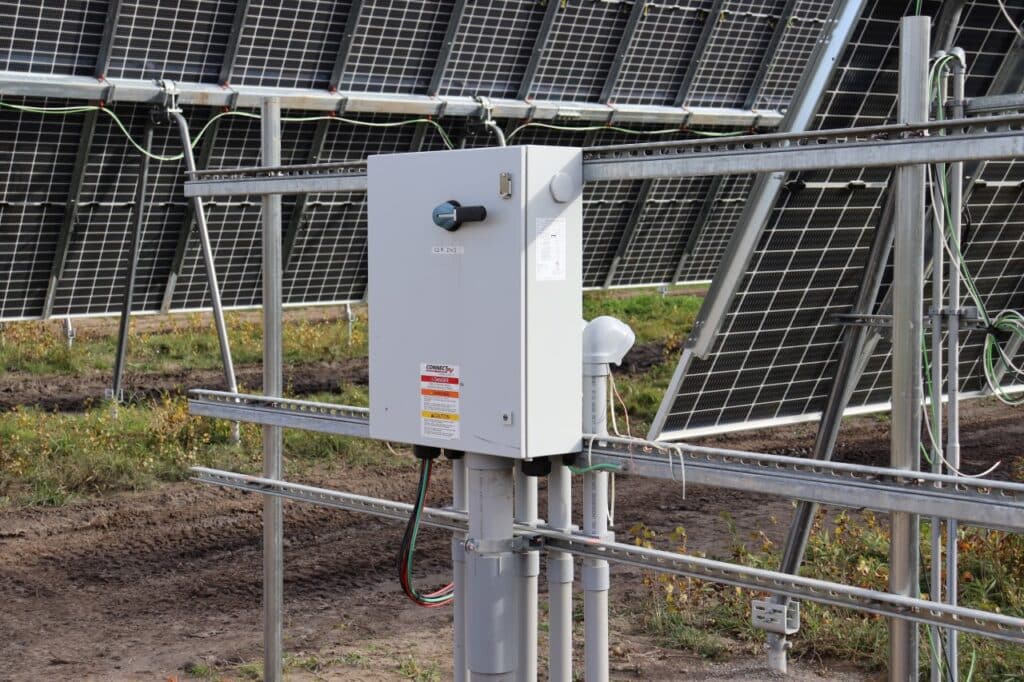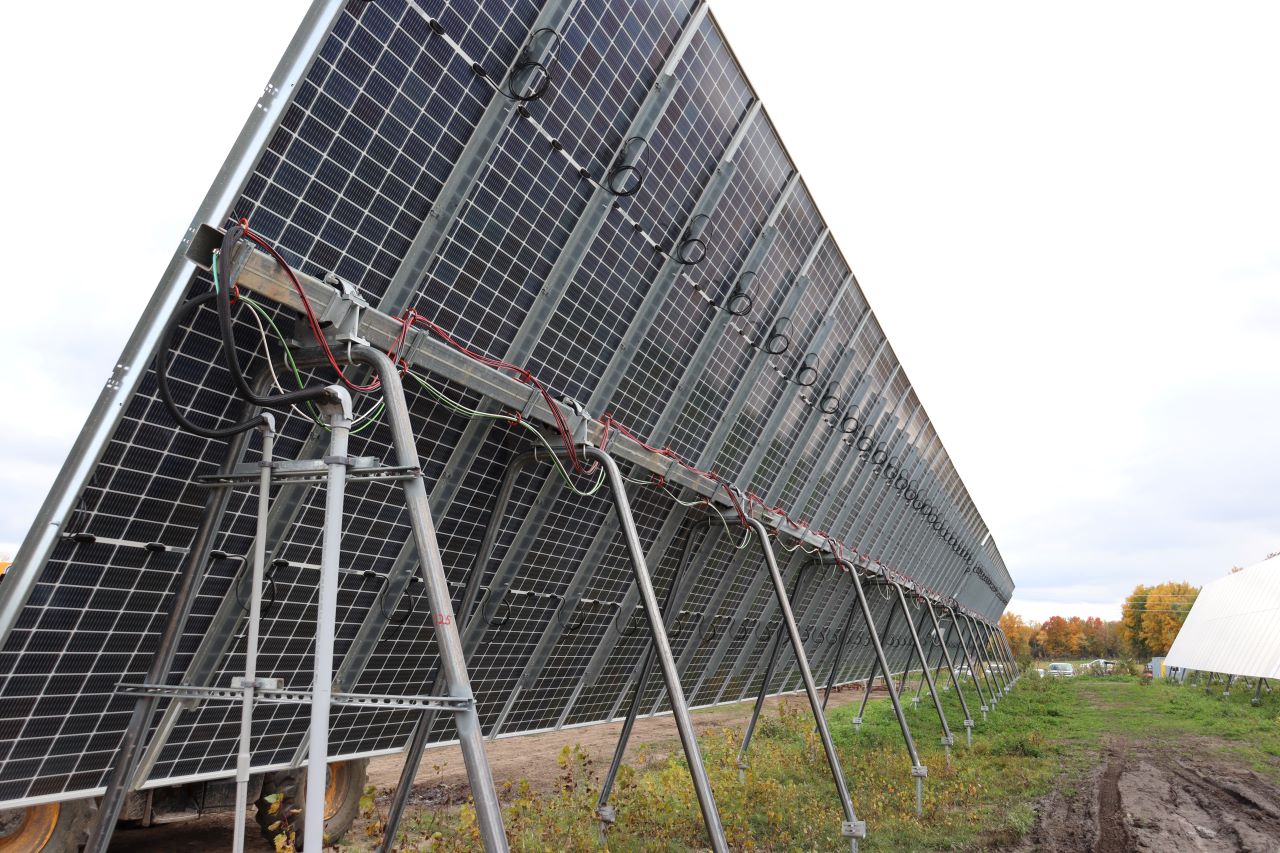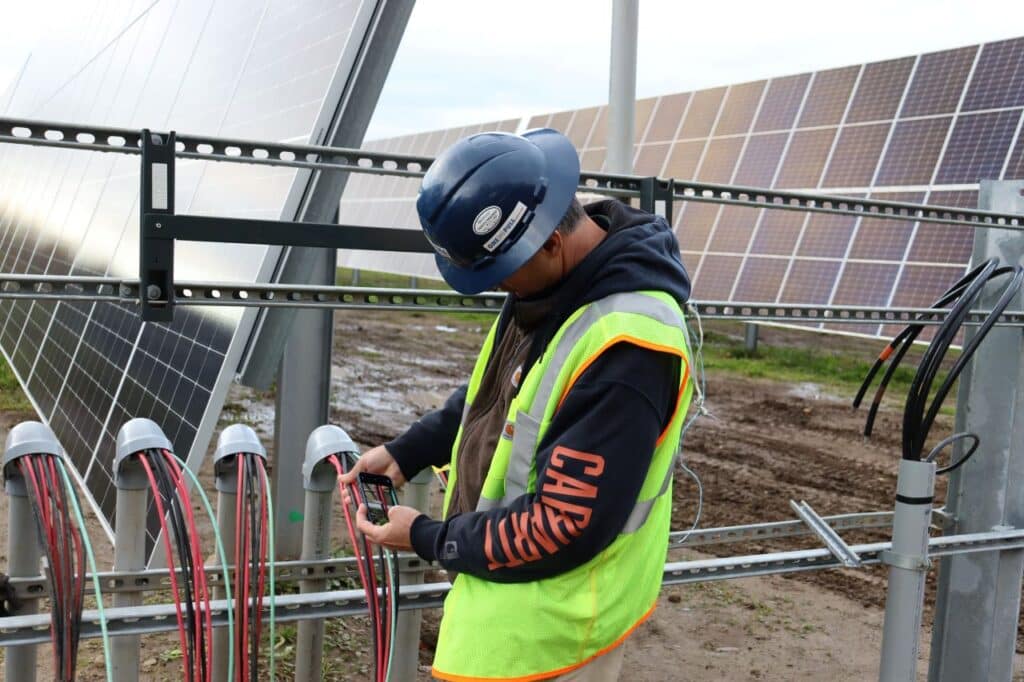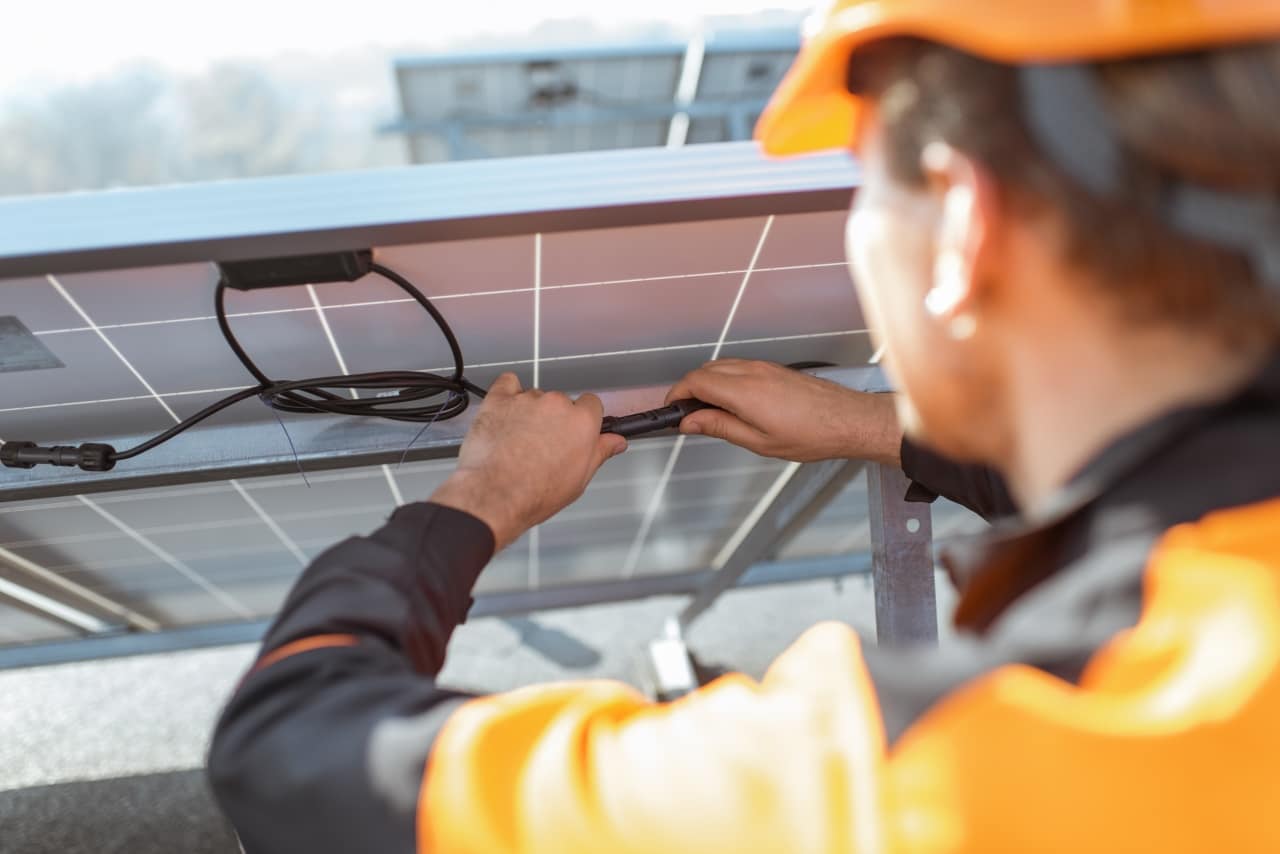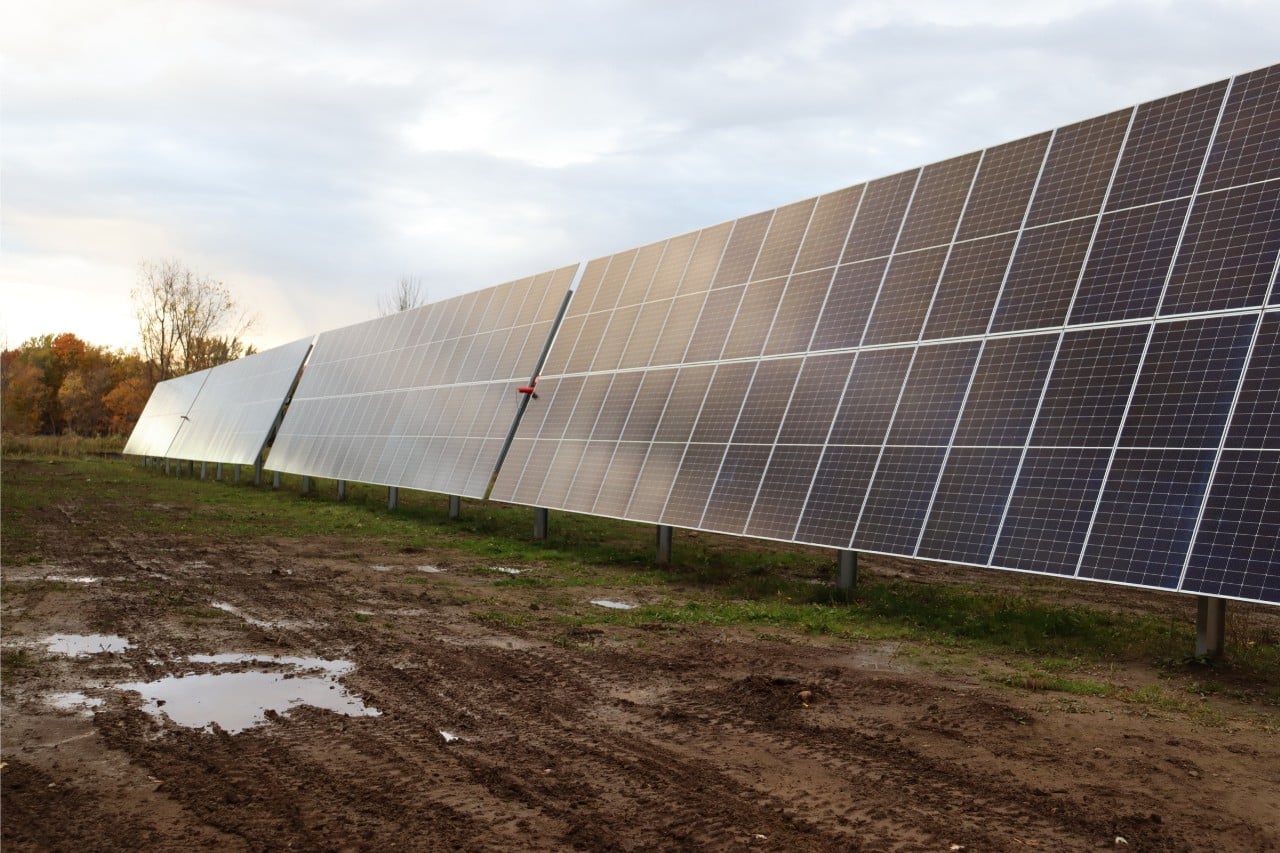In business, time is money; the same rule applies to solar development.
Solar projects are massive investments, so finding innovative and simple ways to save money and improve profits is key. One method gaining momentum in the solar industry is “Owner-Furnished, Contractor-Installed” processes designed to save time and money.
While it seems like a simple concept, OCFI relies on pinpoint accuracy and careful planning. But when it works, solar companies reap the rewards, and projects move much more quickly.
So, what does “Owner-Furnished, Contractor-Installed” mean and how does it work? More importantly, who benefits from it and why should solar companies evaluate OFCI as a cost-saving solution?
What Is Owner-Furnished, Contractor-Installed (OCFI)?
OFCI programs aim to consolidate material sourcing with the solar EPC or developer rather than the subcontractor.
Previously, subcontractors would source project materials, then mark up the cost when invoicing the EPC or developer. This process, known as Contractor-Furnished, Contractor-Installed (CFCI), allowed the subcontractor to use familiar components and increase margins. While the system worked for the subcontractor, the EPC paid more but had less visibility.
By moving material sourcing to the EPC or developer, projects are inherently less expensive. And while subcontractors may lose some profit margin on materials, they benefit in other ways.
OCFI Accomplishes Several Things
For cost-conscious developers, the need for OCFI goes beyond saving a few dollars.
OCFI streamlines and standardizes the sourcing process, making it easier to replicate and scale. When done well, it’s easier for companies to track projects, keep them moving, and shorten timelines.
Reduced Overall Costs for Developers
In the past, the developer paid marked-up prices for materials sourced by the subcontractor.
OCFI takes sourcing out of the subcontractor’s hands and shifts it to the developer, eliminating upcharges and reducing overall costs. However, the lower cost comes with the caveat of more work.
Developers must create and maintain relationships with distributors and manufacturers to ensure a steady supply of materials. They also need to coordinate with installers to make sure materials go to the right place at the right time. Under the CFCI model, the installer handles material delivery. Without that in place, the installer becomes dependent on the developer to keep the details in line.
More Control = Consistency
Every utility-scale solar project is unique, but there’s still room for standardization across job sites.
In many cases, solar developers are working on multiple sites simultaneously. If each site uses different materials sourced by subcontractors, it can be hard to keep track of everything. OCFI solar processes give the EPC more control over the materials sites receive, simplifying sourcing across every project.
By using the same components, EPCs can accomplish several goals. First, it reduces surprises because crews know what parts will arrive. Second, workers build confidence and comfort with specific components, helping them work faster.
Finally, standardizing product selections makes ordering much simpler. The developer can verify stock counts and order materials as needed rather than chase suppliers for unique parts.
Subcontractors Become More Effective
OCFI systems can also positively impact subcontractors.
When the EPC or developer orders pre-fabricated materials, installers spend less time in the field assembling them. Pre-fabricated solar photovoltaic (PV) wire, for example, may arrive at the worksite already bundled and with connectors attached. For workers, all they need to do is connect each wire to a solar panel and move on.
But what about the subcontractor’s lost margin on sourced materials? In many situations, the subcontractor can easily replace the loss through speed. If the developer orders pre-fab materials, the team can move much faster in the field. This means less time assembling connectors, pulling single wires down long aisles, and performing other tedious chores.
Additionally, using the same materials across multiple sites also creates familiarity and confidence. The result is a faster installation with fewer mistakes and delays.
Over time, OFCI systems could lead to more projects completed annually.
Developers Juggle Logistics
One thing to remember about Owner-Furnished, Contractor-Installed projects is that the developer now handles logistics.
Keeping track of materials, timelines, and work crews can be daunting. However, successful project management often comes down to answering several questions.
How will the developer or owner coordinate deliveries? Companies need to know when materials will arrive on site and who will deliver them.
Product delivery is a balancing act, and mistakes can create a slew of problems. Delivering materials too early to the worksite can create confusion and potentially lead to product damage as it sits. Of course, delivery delays or product shortages bring projects to a halt. When this happens, everything slows down, putting timelines and other slated projects at risk.
Who will hold onto solar project warehousing stock? Developers often work on multiple utility or community solar projects concurrently. Those installations often use tens of thousands of feet of wire, hundreds of racks, panels, and other parts.
Companies may operate using a “Just in Time” approach to save space and costs, but sometimes it isn’t possible. If EPCs choose to warehouse materials, they must avoid overstocking and paying for additional space.
At the same time, companies should maintain adequate stock to address needs as they arise.
Can the EPC or developer control the supply chain? More control, more responsibility. Included in that stress is the chore of evaluating and choosing manufacturing partners and vendors.
Once the company finds suitable partners and vendors, the focus shifts to establishing transport, product tracking, and delivery methods. And if materials come in from overseas, shipping routes, tariffs, and other variables come into play.
Beyond delivering components from Point A to B, companies must also contend with the risk of damaged goods, late arrivals, and other problems. When issues arise, the company is responsible for getting the job back on track as quickly as possible.
Risk Meets Reward
The United States’ clean energy boom has brought solar installations to the forefront. It has also changed how solar companies create, manage, and improve their bottom lines.
If done correctly and conscientiously, solar companies and contractors can both benefit. But the key to making OFCI activities work for everyone involves building and maintaining strong relationships. Developers need to have faith and a good rapport with their vendors, manufacturers, and logistics teams. Meanwhile, contractors must find developers with strong industry records and work closely with them.
When EPCs consolidate processes, they also take on additional risk. However, the moves could lead to shorter project timelines, streamlined operations, lower costs, and more long-term savings.


